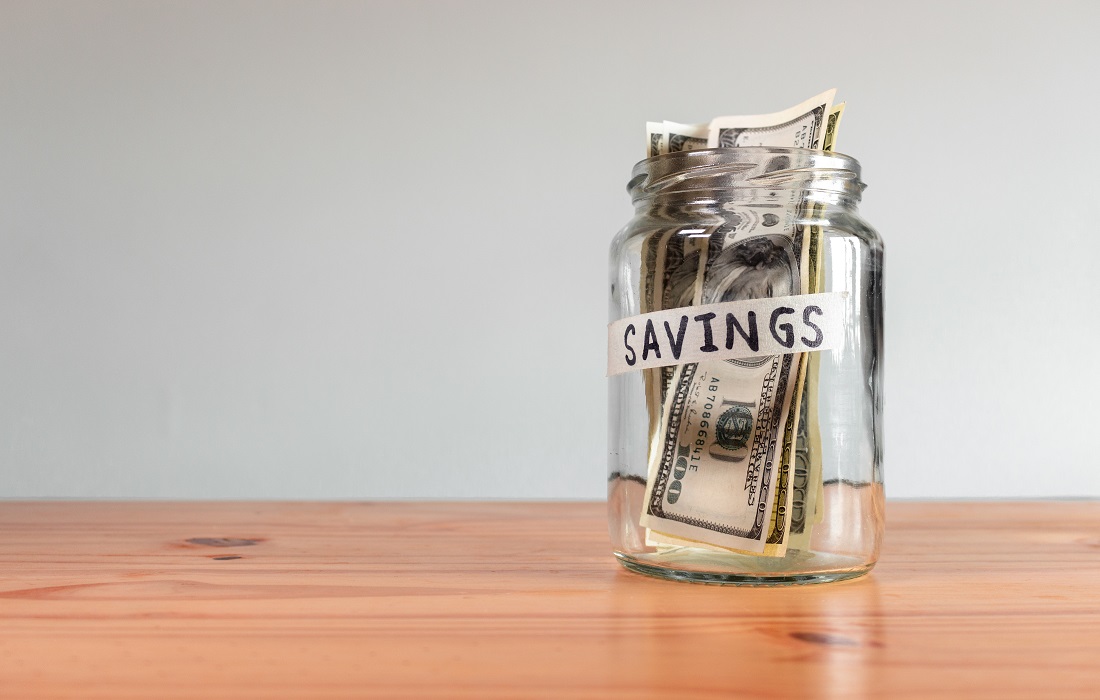More Americans are finding it hard to save money amid the soaring inflation rates and increased costs of living.
A recent research report suggests that nearly 60% of Americans have less than $500 in savings and nearly 49% have less or no savings as compared to the previous year.
Key Stats from Research Reports
A recent Bankrate research report revealed that 49% of US adults have less savings than the previous year including 10% with no savings at all.
With soaring inflation and higher interest rates, Americans are finding it more difficult to save for emergencies than ever.
Here are a few key stats from Bankrate’s annual emergency savings report:
- Nearly 60% of Americans have less than $500 in savings.
- 39% of people have less and 10% of people have no savings as compared to the previous year.
- Only 43% of people can afford to pay for an emergency from savings.
- 51% of Americans have more savings than debt but 36% of Americans have more debt than their savings.
- 25% of Americans would use a credit card to pay for an emergency bill of $1,000 or more.
- 68% of correspondents say inflation and 44% of them say a change in employment is the main cause of lower savings.
- 74% of people are saving less due to current economic conditions.
- A staggering 68% of Americans fear not being able to fund their one-month’s expenses if they lose their primary sources of income.
The stats from the past portray a gloomy picture of how Americans are saving for the future generally.
Moreover, only 14% of Americans said they are not worried if they lose their primary source of income, meaning they have sufficient savings to face unemployment.
Similarly, a Lendingclub report revealed that nearly 64% of Americans are now living paycheck-to-paycheck as compared to 61% last year.
Although the personal savings rate rose to 4.7% in January 2023 according to Burea of Economic Analysis (BEA). However, it could be a temporary rise due to stimulus checks, loan debt relief programs, and other economic aids.
The consumer price index stands at 6.4% currently, credit card rates are staggeringly higher, and the inflation rate is still unabated.
All these factors combined with a prolonged economic downfall started by the Covid-19 crisis have pushed millions of Americans into a financial crisis.
Why Americans Are Dipping into Savings for Expenses?
Despite the unemployment rate remaining at a lower level of only 3.4%, Americans have less in savings and more in debt.
There are a few major contributors to the current financial woes of Americans.
Inflation
The current inflation rate is 6.4% as compared to last year’s prices. It means people have lost purchasing power.
Even with the same income level, you’ll have to spend more to purchase the same items as you could previously.
That’s one reason why Americans are finding it hard to save some money out of their gross incomes. That’s despite a strong labor market showing excess demand overall as yet.
Higher Interest Rates
The FED has continuously raised interest rates to curb inflation. It has led to more expensive borrowings.
That’s why credit card rates are higher and borrowers have to pay more in interest costs.
Since many people already don’t have savings, they tend to borrow money which further squeezes their savings.
Employment Changes
Many people in the survey report responded “employment changes” as a major cause for not having sufficient savings.
Although the unemployment rate remains low, many people went through transitions, job layoffs, and job changes in their current jobs in the past two years or so.
Prolonged Recession
The ongoing economic downfall started with the pandemic and was fueled by several other global factors including the Russia-Ukraine war.
Supply chain disruptions, rising costs, and geopolitical factors have affected the current economic downturn in America.
Prioritizing Debt v Savings
An upside of higher interest rates is to scale up your savings. It’s a wise financial strategy to put your money in saving accounts.
If you can afford to save money after paying off debt and taxes, you should capitalize on higher interest rates offered by banks.
You may also look for inflation-adjusted investment instruments like inflation bonds, REITs, selective commodities, and value stocks.
The key is to find an optimal balance for your savings, debt, and investment goals.

How to Keep Your Finances on Track During High Inflation Periods?
The first thing to remember is the current economic downturn is not going to reverse anytime sooner. So, you must plan for the long term as well.
- Review your current financial position and prioritize your short-term and long-term financial goals.
- Create a budget by assessing your income resources and expenses.
- Assess your emergency fund size first. Aim to set aside three to six months’ total expenses.
- Create a cushion for savings for an emergency fund. Then, gradually build on it with sufficient savings.
- Finally, review your financial plans consistently and adjust where you find shortcomings.

